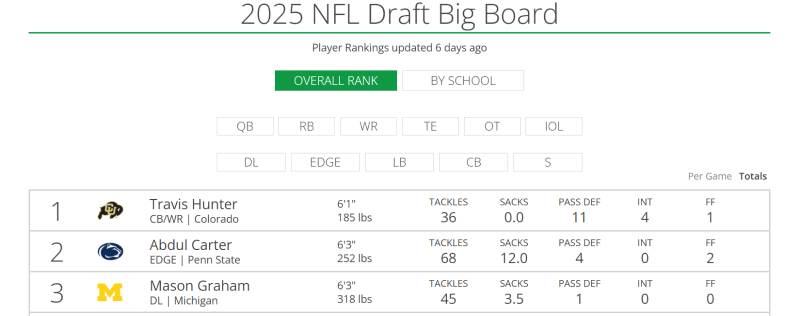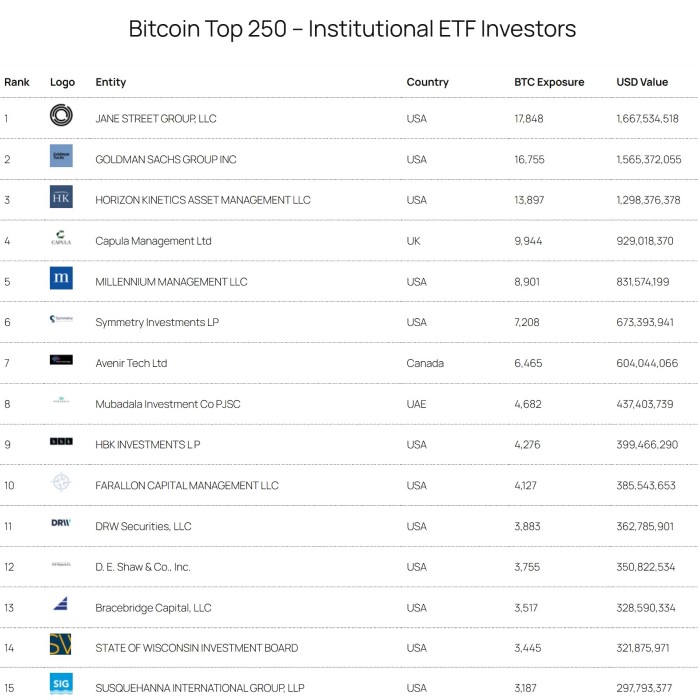One of my favorite websites is Tankathon, a site that tracks draft positioning for different sports based on where those teams are at in the standings. The running joke in sports is that teams may sometimes tank (lose on purpose) in order to move up in the draft. The site also has rankings for draft prospects for different sports. It is basically a website of rankings in tables.

I wanted to build the same simple concept for Bitcoin corporate & institutional adoption. Perhaps in the distant future, this will be like a gamified leaderboard for Bitcoin adoption by the world’s richest entities.
I started looking at Airtable but quickly found it was more of an internal product with primarily widget capabilities for external viewing. My web development skills needed some fine-tuning anyway and I wanted a more custom solution.
Enter Google Sheets.
Well, not quite.
I first built my database in Google Sheets. I have Microsoft Excel and I generally prefer it but there are situations where I like working with Google Sheets: 1) cloud-based operability. It looks and feels the same on every computer I own whether it be Windows or Linux. 2) Row & column-dragging. This one seems overly simple but in Excel, I have to cut a row or column and insert cells into a different position. This adds a lot of time for a ranked list where one may be constantly dragging rows into different positions.
Oh, and 3) grouping of rows. One thing with a list of business entities and especially ranking business entities is that they are often subsidiaries of another entity. So if you are ranking companies by market cap, etc., grouping these companies into their parent may be a more accurate way to display them.
For example, Grayscale was effectively the most-like-a-Bitcoin ETF investment on the market before Bitcoin ETFs were approved by the SEC. I didn’t know this until a few weeks ago but Grayscale is part of a larger parent company, Digital Currency Group, along with mining powerhouse, Foundry Digital.

Anyway, I went with Google Sheets but quickly ran into another snag where I found that Google Sheet’s “Publish to Web” feature resulted in the same issue I had with Airtable which was limited customization of the display of the table on the web. I then realized I would need a workbook of sheets.
I have lived in spreadsheets for the better part of 20 years so this is workable for me but may not be for everyone. I came to the following solution:
1) Sheet 1 will be the master detailed data sheet with both parent companies and underlying subsidiaries displayed.
2) Sheet 2 will be formulas matching to Sheet 1 that streamline display of only the parent companies with logo URLs.
3) Sheet 3 will be formulas that match to Sheet 2 intertwined with table html.
This creates a nice visually-based workflow for this project. Update Sheet 1 as new data comes in. Re-sort Sheet 2 in just one minute. On sheet 3, re-sort and copy-paste all data and html to WordPress and hit publish.
I realize this may sound cumbersome and the system certainly took time to develop. But now, it’s fairly straightforward with the drawback that if I put it down for a year and re-visit, will I still remember the workflow?
In an enterprise setting, it may not be necessary to do all this because I may have a programmer on staff to write code that updates the displayed table as new data comes in. As I dive more into Python, I wouldn’t be surprised to come back to this project and re-visit whether there is a more effective workflow.
Ideally, I should be able to update a feed of chronological changes to the data set such as a value going up or down for an entity. That update should feed directly into the front-facing display on the website. I hope to get there this year but, for now, this is a nice hack that makes running BitcoinTop250 relatively straightforward.
